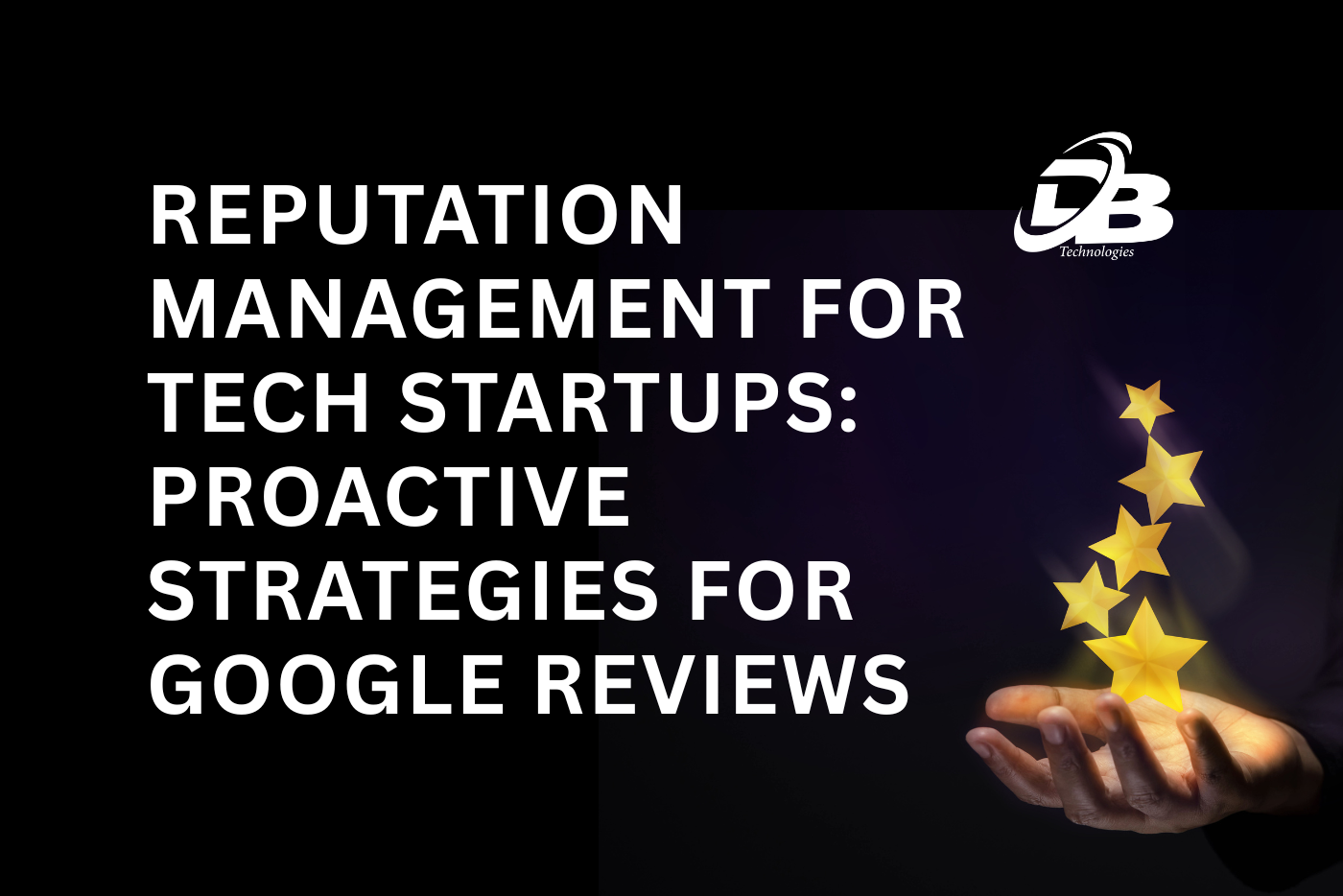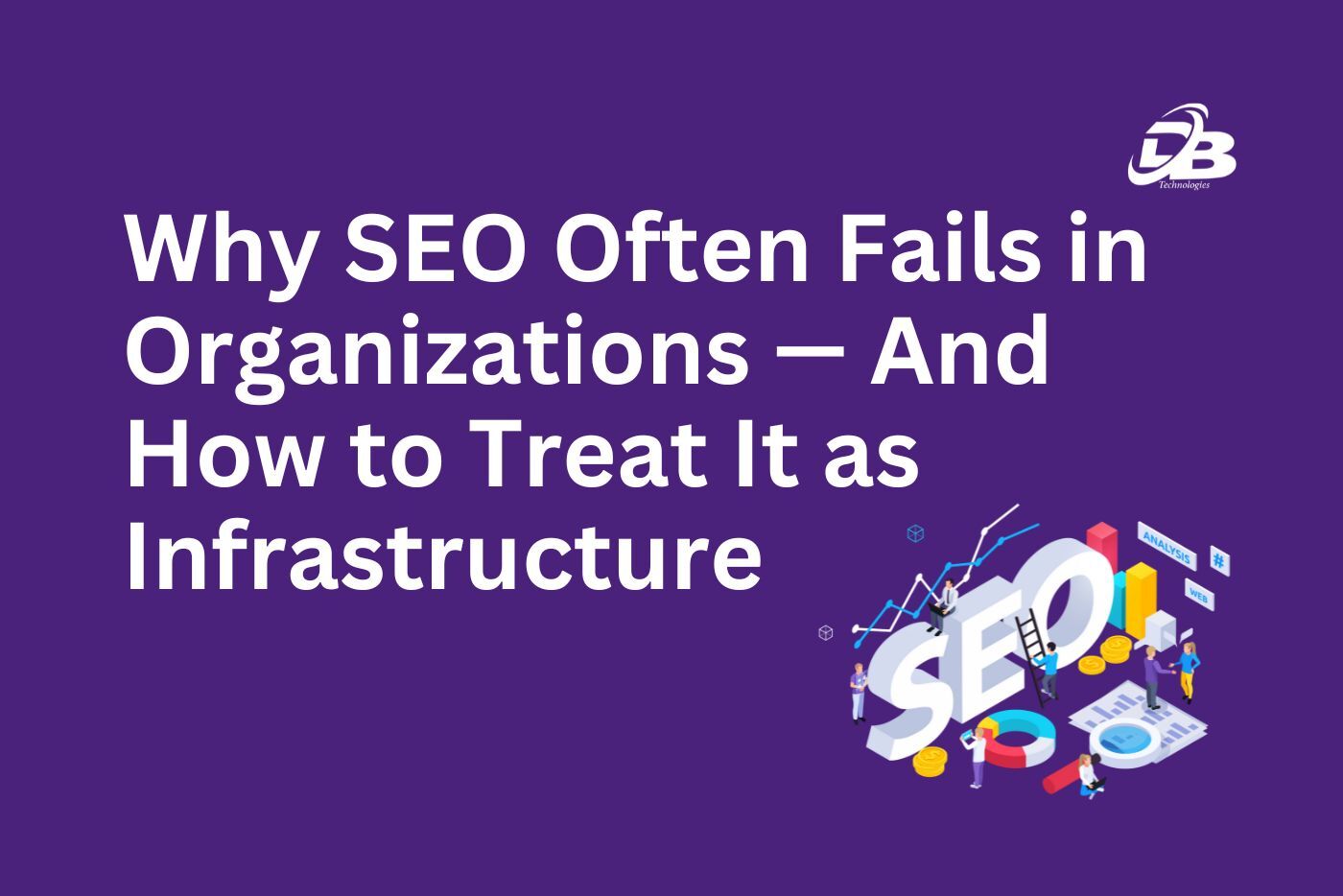
Hey future tech stars.
Despite having an excellent product and an excellent team, building a startup is a very risky business.
But guess what? Your online reputation, especially Google reviews, can give you a smooth launch or blow you up on the Launchpad.
Studies show virtually every customer reads online reviews before buying. In fact, a site found that 76% of consumers regularly read local business reviews and 87% rely on Google to judge a business.
So right off the bat, your Google review reputation management isn’t just a “nice to have” , it’s a make or break factor for your startup’s success.
“Reputation is everything,” as legendary investor Warren Buffett once said, “It takes 20 years to build a reputation and five minutes to ruin it.”
That is, your online star rating and the manner in which you manage reviews, determine what people will think about your brand. A few positive reviews can build enormous trust, while bad ones can scare away customers. We’ll talk through how to set up your Google Business Profile, encourage glowing reviews, and respond like a pro because proactive Google review management will keep your startup’s reputation flying high instead of crashing.
Why Google Reviews Matter for Your Startup
Online reviews are basically social proof. They build instant trust and credibility. If your tech app is new and unknown, a 4 or 5 star rating with enthusiastic comments tells people, “Hey, this company is legit.”
Positive Google reviews make new customers feel confident choosing you over competitors. By contrast, negative reviews can make prospects hesitate or click away. Think about it: someone searching for a software service sees your name on Google. If they spot a low star count, they are most likely to step back.
Google reviews also boost your SEO. They add fresh content to your Business Profile and signal to Google’s algorithm that your business is active. A research found that each new review is “fresh, keyword rich content” for Google, and that businesses with many high ratings enjoy higher local search rankings.
In practice, one local company jumped from page 3 to page 2 on Google by growing their reviews and it added $40,000 in monthly revenue. That’s huge for a startup.
Plus, Google rewards engagement. If you respond to reviews, Google sees your biz as responsive and trustworthy. In fact, 88% of consumers trust a business more when it responds to all reviews (vs. only 47% when it ignores feedback)
In short, Google reviews directly affect both visibility and conversion. Good reviews not only draw customers in, they even improve website clicks.
So yes, managing your Google reviews is marketing and customer service all rolled into one.
In a nutshell, a great rating is a growth engine. A poor rating stops momentum. That’s why your startup can’t afford to wing it on review reputation. You need a plan.
Setting Up Your Google Business Profile
This profile is your startup’s identity on Google. It shows up in Maps and search results. A half baked profile can undermine trust (and reviews can only do their job if the page looks legit).
1) Claim and verify your profile. Go to the Google Business Profile Manager, sign in with your Google account, and click “Add your business.” Enter your business name and category carefully.
Choose the most accurate primary category (it affects SEO). Then add your address or service area. Finally, Google will ask you to verify , usually by email, phone, or mail. Don’t skip this. Verification proves you own the business and unlocks review features.
2) Fill out all details accurately. Once verified, tune every field. List your hours, phone number, website URL and double check everything is correct. Inaccurate info frustrates customers. If you have a physical office or store, confirm the address and add special hours (holidays, etc.). If you’re service-area only (like an app or SaaS business without a public office), set that too.
3) Add eye catching visuals. Upload high quality photos and even short videos. Customers love seeing your team, office, or product in action. For a tech startup, consider pics of your team working, screenshots of your app, or your office space.
A study of search results showed that businesses with photos on their profiles get 42% more requests for directions and 35% more clicks to their website, so visuals directly boost engagement.
4) Encourage reviews with links. Google lets you generate a short link to your review form. Grab that link and place it on your website, email signature, or even QR codes you hand out. This makes it super easy for happy customers to click and rate you.
Encourage customers to leave Google Reviews
You won’t get more stars by just crossing your fingers, you’ve gotta ask customers in a friendly way. Here’s how:
1) Ask at the right time. The best opportunity to request a review is right after a customer has a great experience. For example, after a successful onboarding call, or when you deliver a big feature on time. For this train your team to say something like, “We’d really appreciate it if you could take a moment to share a Google review about your experience today.”
2) Follow up with multiple touches. Most customers won’t drop a review the first time you ask. Marketing folks often use a 3 touch system:
1) Point of sale or handshake: Immediately after a happy transaction or demo, ask verbally (or via chat) for a review.
2) Email follow up: If you have the customer’s email, send a polite thank you email 24–48 hours later that includes the direct review link.
3) SMS reminder: About a week after purchase, a brief text can nudge them. Only do this if you have permission to text customers.
3) Make reviewing easy. Remove friction. Provide a direct link to your review form, no one wants to click around to find it.
4) Never offer incentives. Instead of bribing, just express how much honest feedback means to you, people often respond to sincerity.
5) Personalize and remind. If you’re emailing or texting the customer then a gentle reminder is okay, but don’t spam. One or two follow ups is usually enough.
Responding to Google Reviews
It’s important to understand that how you reply can turn reviewers into loyal fans or at least show onlookers that you care. There is a “Golden Hour” rule: try to respond to every review within 24 hours. (especially negatives ASAP, ideally within an hour or two).
Customers notice fast responses: research shows 67% of people expect a reply within a day. Google’s algorithm even favors businesses that engage with reviews, seeing them as more active.
1) Reply to positive reviews with gratitude. When someone gives you a thumbs up, don’t just say “Thanks” and walk away. Say something specific.
A genuine reply reinforces the positive experience in their mind and shows other readers that you value customers. Plus, every reply adds another fresh keyword to your profile for Google’s bots to index.
2) Respond to negative reviews skillfully. It is at this point that most businesses become panicked yet it can be a game changer, when handled properly. One, remain composed and business like. Also, do not reply defensively or criticize the reviewer, it only makes you appear bad to each reader.
Rather, apologize to them in good conscience over what they went through, despite your expectation that the complaint is unjustified. Show empathy. We will advise you to “see if there’s a solution and move the conversation offline.
3) Learn from criticism. Treat negative reviews as free advice. If multiple customers mention the same issue (e.g. slow loading times, a confusing interface), then it’s a clear sign to fix it.
Remember, every customer who Googles your startup can see how you handle bad feedback. By resolving issues politely and offering to help, you actually build a stronger reputation.
4) Identify only rule breaking reviews. In case some hate speech, spam, or evident lies are contained in the review, you can report it to Google and have the post taken down.
But, Google tells not to report because you do not agree with the content, they hardly ever take down honest negative reviews. Then do not depend on flagging; the best thing to do is to do it directly in publicity.
An intelligent response to a 5 star review or a negative 1 star review both are an indication to potential customers that your startup takes care of them.
How to deal with Negative Reviews
Negative reviews can sting, no startup enjoys seeing unhappy customers. But here’s the secret, every business gets them, especially early on. Even Amazon and Google have complaints. The key is to not freak out and to use negatives as a tool.
First, resist the urge to ignore bad reviews. A study found that 53% of clients demand that a negative review should be addressed by the business within a week. Not even responding to a critical review signifies that you do not care.
So always write back. A calm, sincere reply will often mollify the reviewer (and impress readers).
Second, tone matters big time. Regardless of the merit of the complaint or not, be apologetic about their experience but do not blame the customer. Never copy paste a generic defense or jump into a debate in public.
If a customer is unfair, subtly clarify the truth or explain your process, but stay humble.
Third, take it offline. Publicly, say you’ll investigate or suggest a solution, but give a private way to continue. Studies indicate that handling negatives properly can recover up to 25% of lost customers.
Finally, learn and improve. If multiple people complain about the same issue (say, a confusing UI or slow support), fix it. One wisely points out: “Negative experiences stick in customers’ minds. However, if you address concerns immediately, you can keep fallout at bau.”
So the bottom line is, don’t panic when bad reviews appear. Instead, meet them head on with empathy and solutions. Potential customers will see that even your mistakes are managed professionally and that is great PR in itself.
Monitoring Your Google Review Reputation
You won’t catch every review by luck. Be proactive about monitoring what’s said about your startup.
1) Set up alerts. Turn on email or mobile notifications in your Google Business Profile settings. That way you’ll get a ping whenever someone leaves a review or rates you.
2) Use management tools. For scale, consider a review-management platform (some even have free tiers). Even a simple CRM (customer relationship management) system can help you tag customers who’ve been asked for reviews and log responses. The key is, it should be easy to see new reviews fast, so nothing slips through the cracks.
3) Track key metrics. Monitor several numbers every month: the number of reviews that you have and the average star rating. Record your response rate (percentage of reviews that you respond to) and review velocity (number of reviews per month that you receive). These measures inform you whether you are achieving.
4) Benchmark against others. See how your startup stacks up against competitors or industry norms. For instance, a SaaS startup might find that 80% of competitors have 4+ stars. If you’re below that, it’s a signal to focus on reviews. This monitoring should become part of your routine, just like checking your email or Slack, it keeps the conversation with your customers alive.
Leveraging Reviews for Growth
When your startup has excellent Google reviews, do not leave them at the bottom there, take advantage of them. Include the best in your site or passages (with permission), include a line or two of them in your newsletters, or even a snippet to your email signature.
Post pictures of glowing feedback on LinkedIn, Twitter, or other social media to demonstrate that you do love your customers and generate even more buzz. A screenshot of your star rating in investor pitches or demos can also build trust and signal traction.
And lastly, don’t forget your own team , sharing positive reviews internally lifts morale and reminds everyone their work matters. Think of each review as a 24/7 salesperson quietly convincing new customers.
Wrapping up
Looking after your Google review reputation isn’t a quick fix, it’s something you keep doing as your startup grows. Make it part of how you build products, support customers and talk to the world. The effort you put in now to ask for reviews, reply with care and share the good ones will pay off in trust and steady growth later on.
Claim your profile, keep it fresh, listen to feedback and show people what others are saying about you. It only takes one good review to convince the next customer, so don’t leave this to chance. Treat reviews like a living asset and they’ll quietly work for your startup long after you’ve moved on to the next task.












